“Baby Dragon” Eggs Show Signs Of Growth In Slovenian Cave. By Robin Andrews
Deep in a Slovenian cave, a blind salamander – once thought to be a dragon’s offspring – dwells in darkness. Thought to live for more than a century, these creatures reproduce just once or twice every decade, and this particular female has been caught in the act of laying around 60 eggs. As BBC News reports, a few of these eggs appear to be showing signs of growth.
These aquatic amphibian critters are called olms, and they represent the only exclusive cave-dwelling vertebrate in Europe. For over 200 million years, their evolutionary lineage existed in a relatively unchanging environment, so they are incredibly vulnerable to environmental change – especially their eggs.
The appearance of a seemingly viable clutch of eggs within the labyrinthine Postojna cave system is seen as a remarkable event by researchers. “This is very cool – it is quite extraordinary,” said Primoz Gnezda, a biologist working at Postojna, told BBC News. “But also, we are quite scared that something will go wrong because the eggs are very sensitive.”
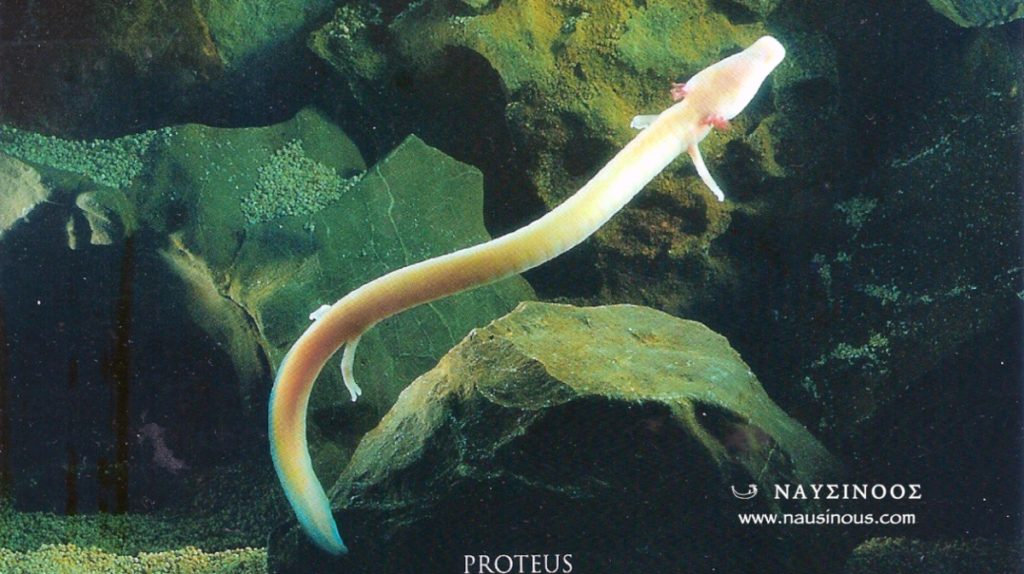
Harsh light can damage the eggs, as can slight changes in water temperature and quality. To this end, the researchers have concealed the female and her eggs in a shrouded tank with carefully controlled water. Although she can sense the approach of any peckish, egg-eating creatures using specialized electro-sensitive snout organs, the researchers have removed all predators from the scene.
The olm is a particularly enigmatic and elusive creature, and eggs or larvae are never found in the wild, perhaps because they’re just too well-hidden within their cavernous habitats. The fact that these new eggs were laid in one of the most tourist-heavy parts of the caves is a stroke of luck; if they hatch, researchers will be able to observe the complete development of these “baby dragons,” living in their natural habitat, in real-time.
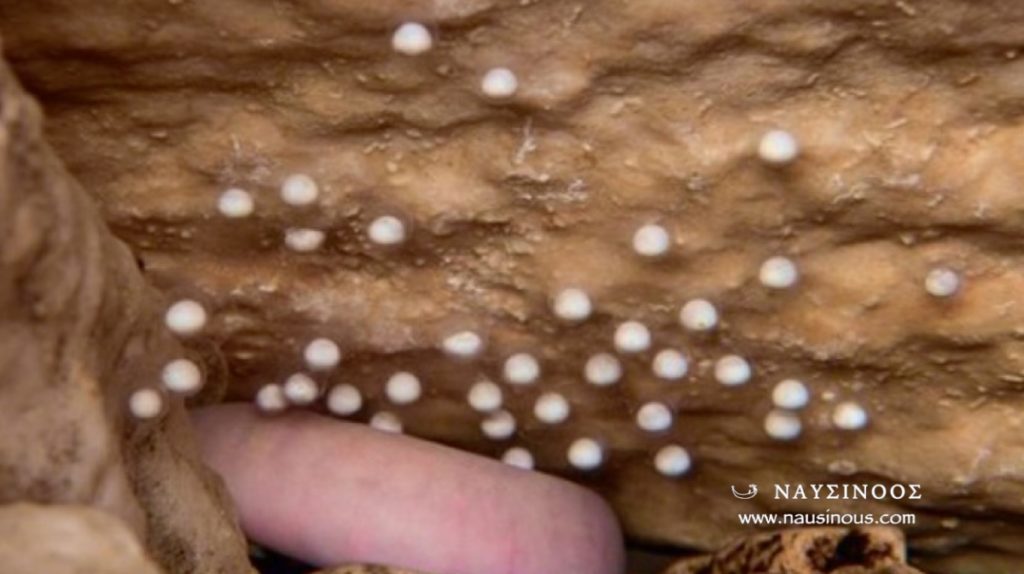
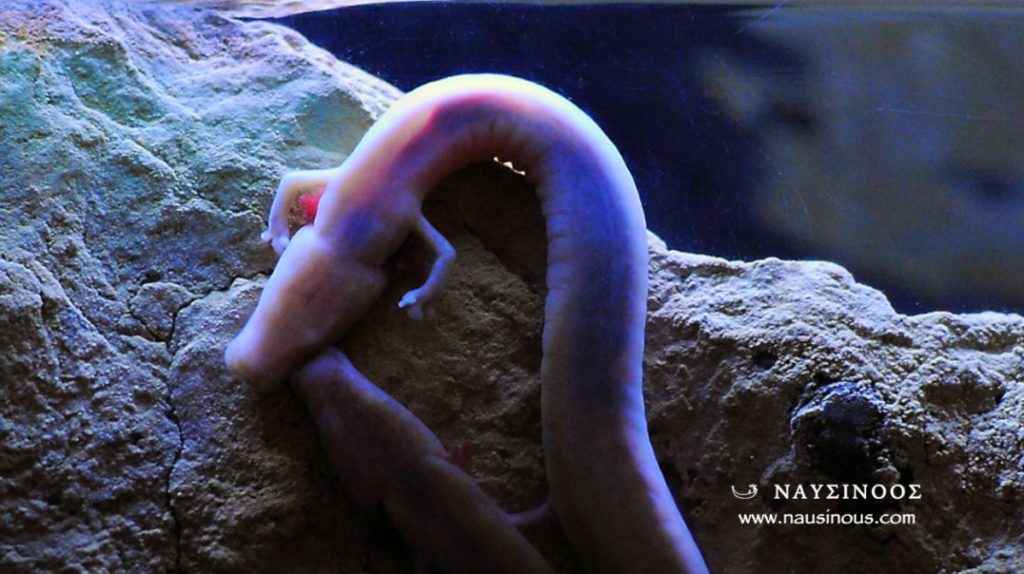

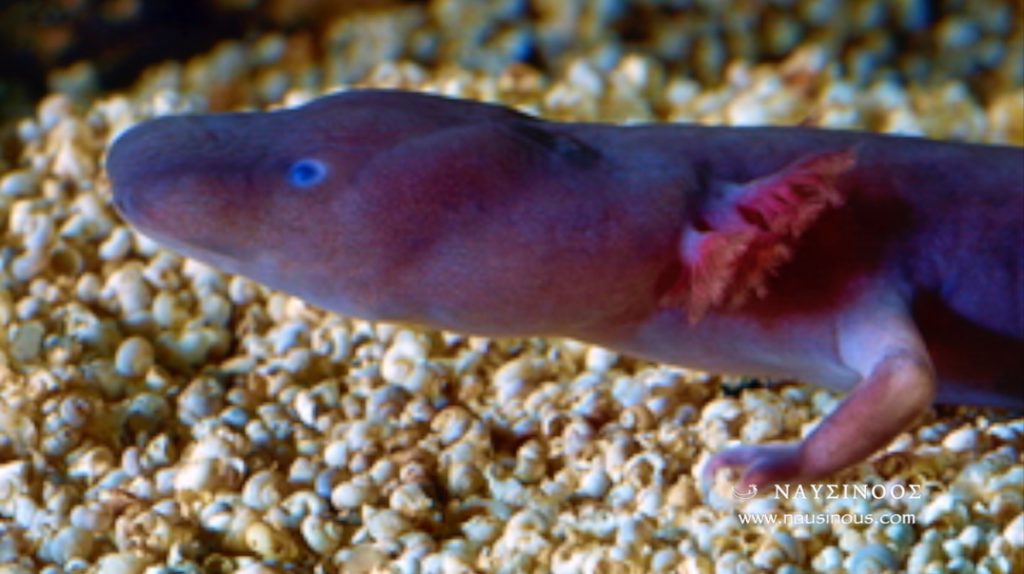
Based on another captive olm colony in France, biologists think these eggs need 120 days to hatch. This estimate is based on an ambient temperature of 11°C (51.8°F), but as the Slovenian caves are 9°C (48.2°F), embryo development will take somewhat longer.
The mother-to-be is, as aforementioned, blind, so she’s heavily reliant on her sense of smell. Using it, she can smell the difference between eggs that are thriving and those that have stopped developing. As food is so scarce in the caves, she eats the eggs that turned out to be unfertilized – although she could live for 10 years without any food if need be.
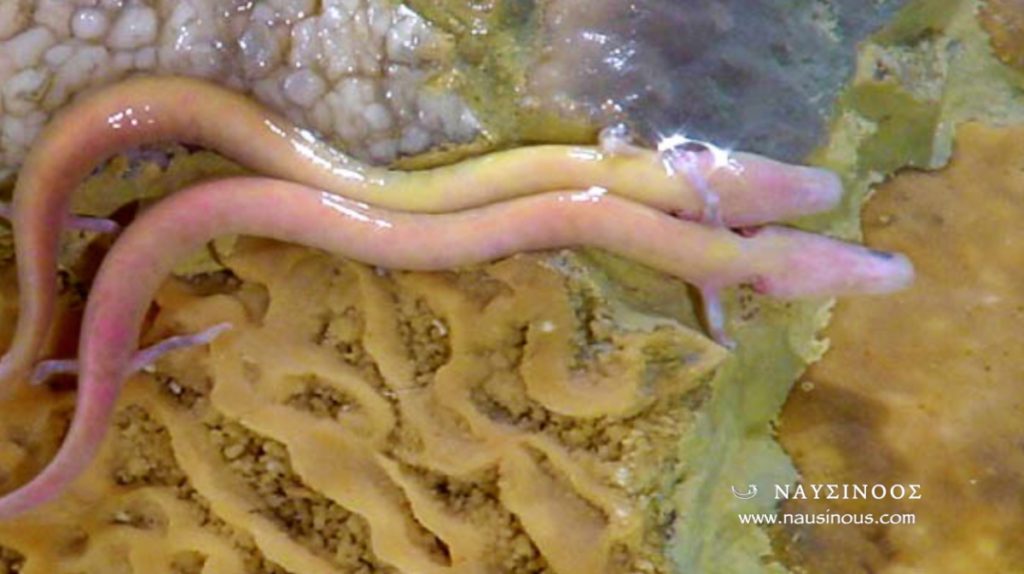
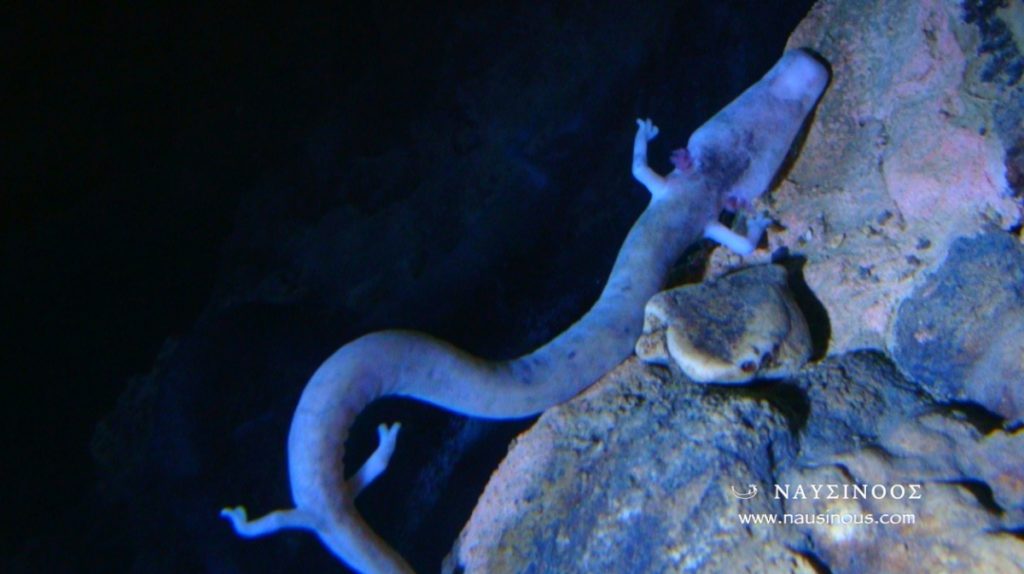


For now, the eggs and the female are on their own, and the researchers are waiting with bated breath. A successful hatching will be seen as a huge boost for the endangered species, which is becoming increasingly threatened in the modern world by pollution and habitat disturbance.
In 2013, another of Postojna’s olms laid eggs, but none of them hatched. Unfortunately, many were gobbled up by other olms.
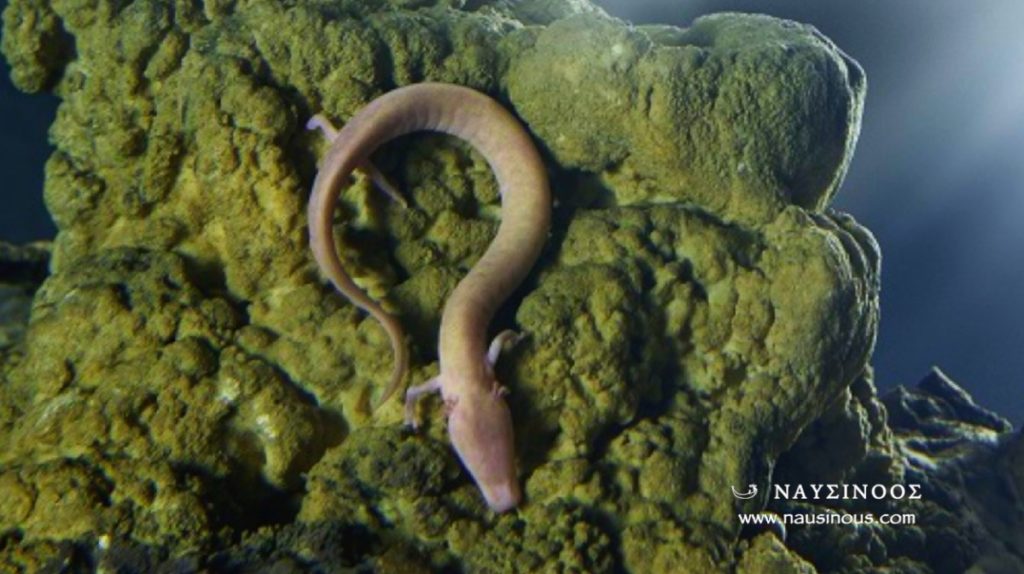
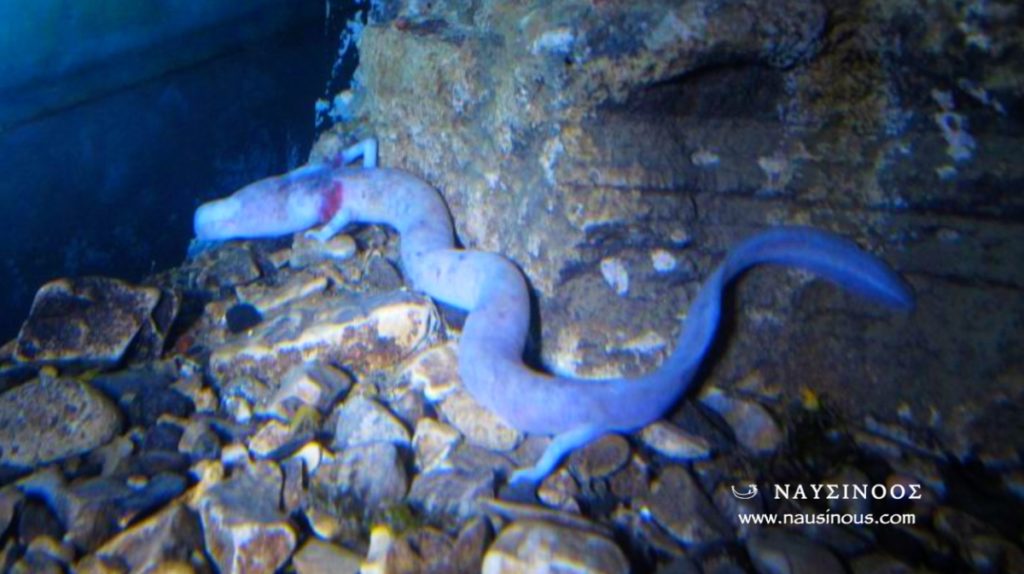
The article was first published in IFLS

